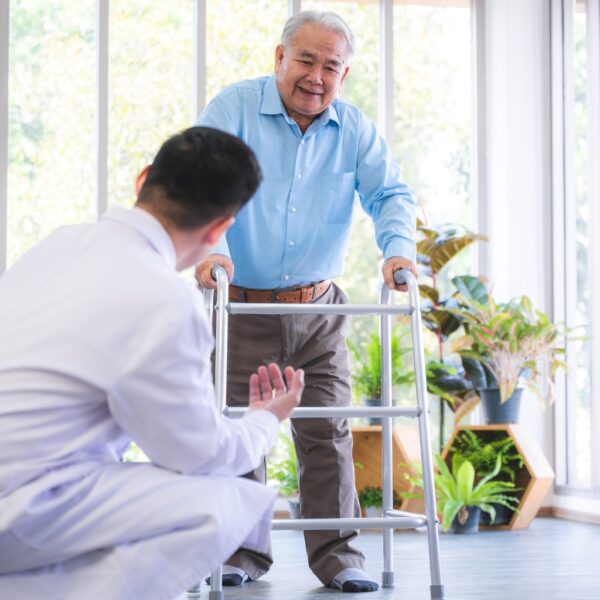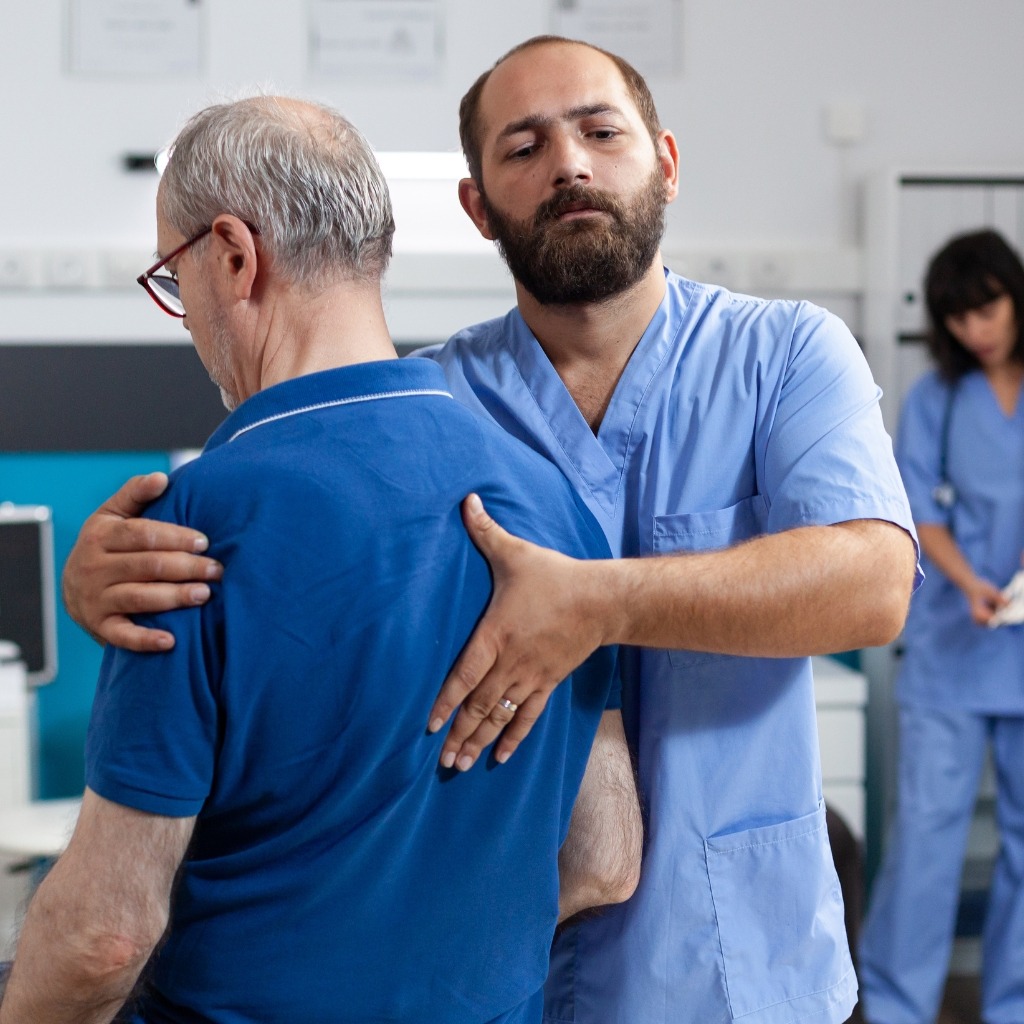
ORTHOPEDIC REHABILATION
Exploring the World of Orthopedic Rehabilitation
Orthopedic rehabilitation plays a pivotal role in helping individuals recover from musculoskeletal injuries, surgeries, or chronic conditions. By combining therapeutic techniques, exercise programs, and patient education, orthopedic rehabilitation aims to restore function, alleviate pain, and enhance overall quality of life.
Understanding Orthopedic Rehabilitation
Orthopedic rehabilitation encompasses a multidisciplinary approach to treating a wide range of musculoskeletal conditions, including fractures, joint replacements, ligament tears, and chronic pain syndromes. The rehabilitation process is tailored to each patient’s specific needs and may involve physical therapists, occupational therapists, and other healthcare professionals working collaboratively to achieve optimal outcomes.
The Rehabilitation Journey
The rehabilitation journey typically begins with a comprehensive assessment to evaluate the extent of the injury or condition, identify functional limitations, and establish rehabilitation goals. Based on this assessment, a customized treatment plan is developed, incorporating various modalities and exercises aimed at addressing specific impairments and promoting recovery.
Modalities and Techniques
Orthopedic rehabilitation utilizes a variety of modalities and techniques to facilitate healing and improve function. These may include:
- Therapeutic Exercises: Targeted exercises designed to improve strength, flexibility, balance, and endurance in affected muscles and joints.
- Manual Therapy: Hands-on techniques such as massage, joint mobilization, and soft tissue manipulation to alleviate pain, reduce stiffness, and improve range of motion.
- Electrotherapy: Modalities like electrical stimulation, ultrasound, and cold therapy may be used to manage pain, reduce inflammation, and promote tissue healing.
- Functional Training: Activities and exercises tailored to mimic real-life movements and tasks, helping patients regain the skills and abilities necessary for daily activities and sports.
Patient Education and Empowerment
In addition to hands-on therapies and exercises, patient education plays a crucial role in orthopedic rehabilitation. Patients are empowered with knowledge about their condition, treatment options, and strategies for self-management. Education on proper body mechanics, ergonomics, and injury prevention helps individuals take an active role in their recovery and prevent future injuries.
Achieving Functional Goals
Throughout the rehabilitation process, progress is monitored closely, and treatment plans are adjusted as needed to ensure optimal outcomes. The ultimate goal of orthopedic rehabilitation is to help patients regain independence, resume activities they enjoy, and achieve their functional goals, whether it’s returning to work, sports, or hobbies.
Conclusion
In summary, orthopedic rehabilitation offers a comprehensive approach to treating musculoskeletal injuries and conditions, focusing on restoring function, reducing pain, and improving quality of life. Through a combination of therapeutic techniques, patient education, and personalized care, orthopedic rehabilitation empowers individuals to overcome physical challenges and regain their active lifestyles.


